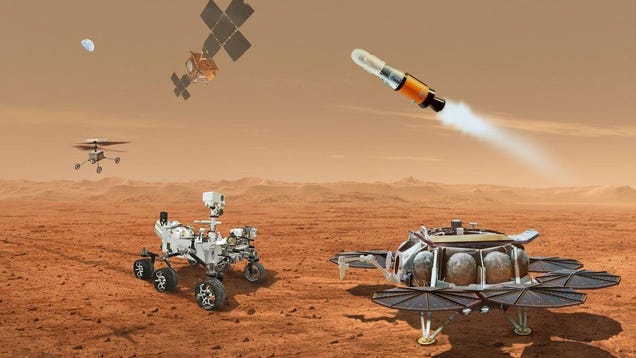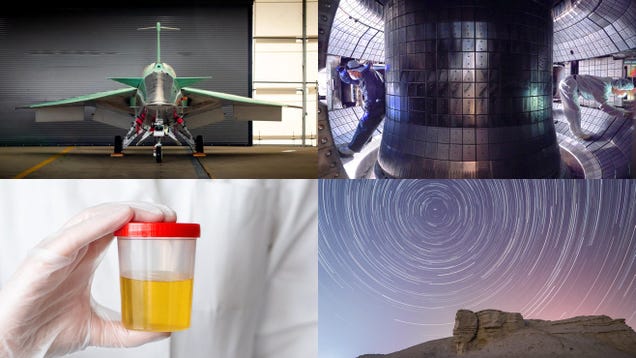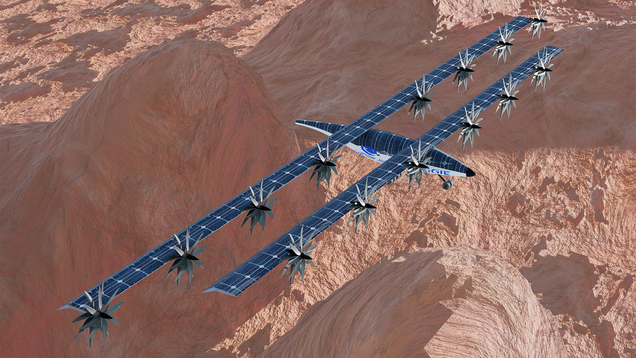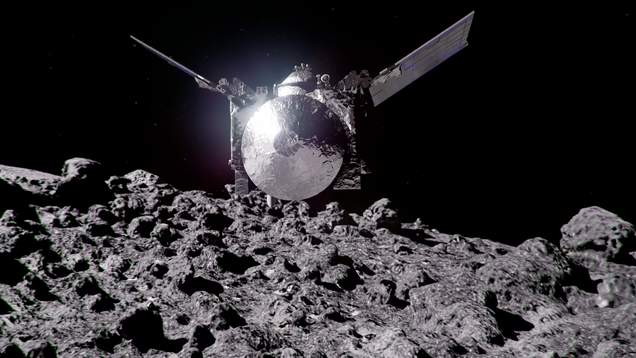Cory Huston/NASA via AP
CHANDAN KHANNA/Getty Images

Astrobotic, the team behind the Peregrine spacecraft, is urgently working to extract any possible value from its failing mission. This comes after a catastrophic propellant leak occurred just after yesterday’s launch, ending the spacecraft’s attempt to land on the Moon.

NASA is scaling back on its ambitious Mars Sample Return (MSR) program, fearing federal budget cuts to the space agency’s plan to bring back rock and dust from the Red Planet, which has come under heavy scrutiny for having unrealistic costs and timelines.

The United Arab Emirates (UAE) is contributing to the lunar outpost that will be built around the Moon, building the Gateway’s airlock module in a sign that the gulf country will be more involved in NASA’s Artemis program.

NASA’s supersonic experimental plane—the linchpin of the agency’s Quesst mission—is set to roll out of its warehouse in the California desert next week. We’re gassed for the big moment: the X-59 has been in development for six years, and, if successful, it will demonstrate supersonic flight without sonic booms. -…

NASA, in its relentless pursuit of space innovation, announced on Thursday the selection of 13 new projects for its 2024 Phase I awards under the Innovative Advanced Concepts (NIAC) program. These awards, totaling up to $175,000 each, are granted to teams proposing advanced and unconventional space technologies.

New mission, who dis? The spacecraft formerly known as OSIRIS-REx had an impromptu close encounter with the Sun as it follows a newly crafted route to a second asteroid, using one of its solar arrays for shade.
Nazarii Neshcherenskyi
DrPixel
- NASA's Parker Solar Probe is set to pass the Sun on 24 December 2024.
- It's due to fly past the sun at 195 km/s, or 435,000 mph.
- "We are basically almost landing on a star," a scientist on the project said.
NASA's Parker Solar Probe is set to pass the Sun next year in a milestone moment for space exploration.
